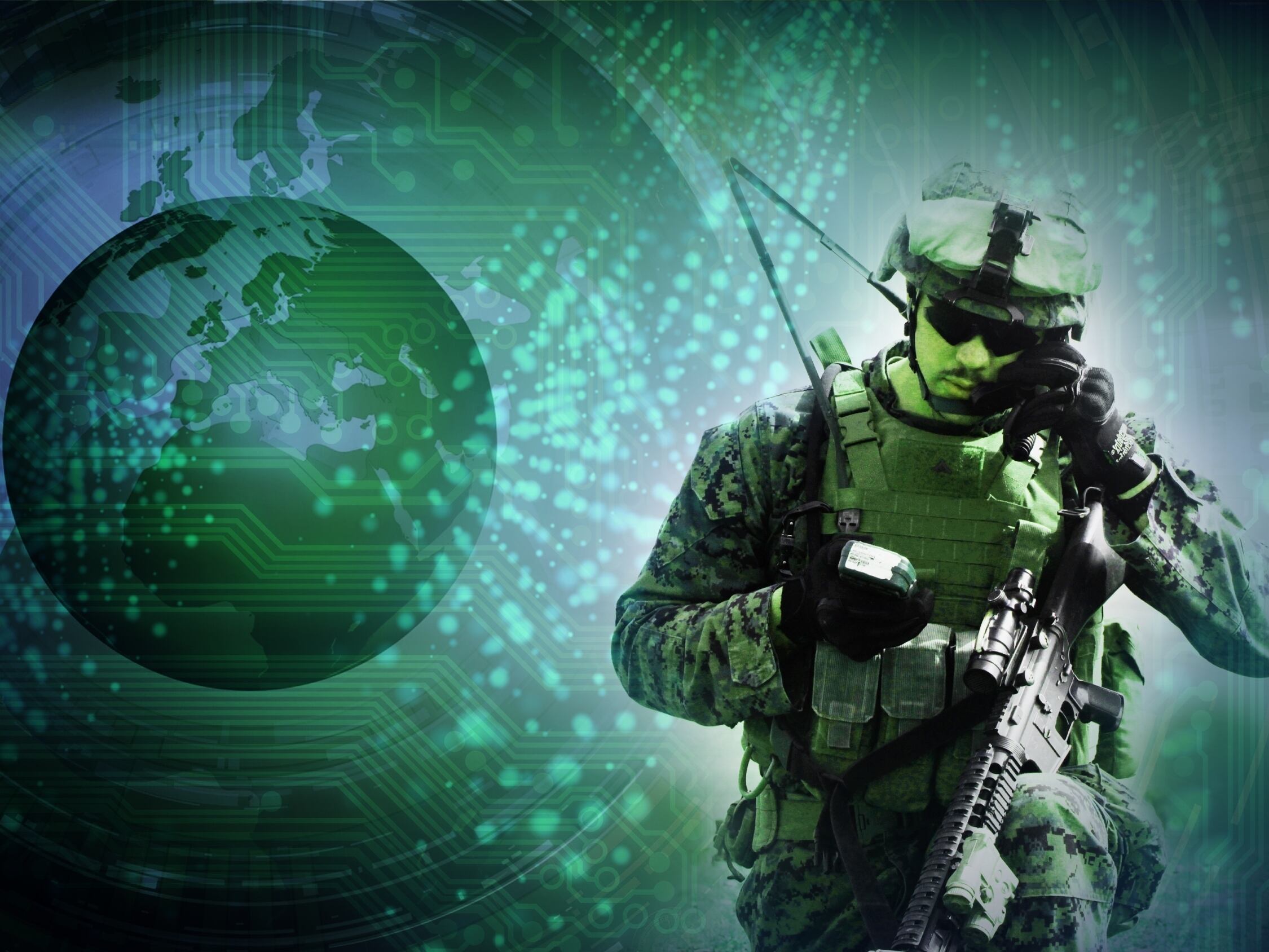The ink is barely dry on proposed rulemaking to finally open the 5.9 GHz spectrum for a fresh look by the Federal Communications Commission and critical comments are crawling out of the woodwork. For example, in a Jan. 22, 2020, letter to the FCC, a bipartisan group of 38 members of Congress are trying to convince the agency that they must preserve the entire 5.9 GHz spectrum band for dedicated short-range communications (DSRC), because it is the “Safety Band.”
These members said little or nothing of the sort for the 20 years that this valuable spectrum was reserved for DSRC and little or nothing was done with that technology. They are ignoring how opening up the 5.9 GHz spectrum will positively impact everything from communications between automobiles to virtual reality video games to improved availability of Wi-Fi in public spaces like stadiums and libraries. The FCC’s plan to provide 45 MHz for unlicensed use while preserving the upper 30 MHz for new automotive safety applications is a win for both the automotive industry and the American people. This is another example of the excellent work being done by the FCC to ensure that the United States retains its leadership in global telecommunications and innovation. But these members of Congress want to go back in time and prevent the nation from moving forward.
The never-before-used claim to protect 5.9 GHz as the “Safety Band” letter is part of a long line of “OMG, the Sky is Falling” claims that seem to arise whenever FCC looks at repurposing portions of the radio spectrum frequency allocations, like no one will be able to use satellites to monitor and predict the weather; emergency personnel will not be able to communicate; airplanes will crash and burn; or the power grid will shut down, none of which has happened or will happen.
This looks to be part of a campaign for the hearts and minds of Americans in the hope that hysteria will prevail over common sense when it comes to allowing this spectrum to be used for any other purpose except a single, limited means of automotive communications. During the 20 years that DSRC lay fallow, the automobile industry has steadily been providing many new technologies in their vehicles, from lane departure warning systems to rearview backup cameras and video systems to forward collision warnings. They are also moving ahead with C-V2X, which can use the same spectrum but does not work with or rely on DSRC.
The FCC’s proposal makes good common sense. It preserves an entire 30 MHz of spectrum for future automotive safety innovation, allowing 20 MHz of this spectrum to be used for cellular vehicle to everything (C-V2X) and the remaining 10 MHz for use by DSRC technology. This will allow more flexibility for the auto industry to investigate how new technology can help save lives on the road. Unlike C-V2X technology, DSRC is currently used for only a few applications, such as truck platooning, and in order for it to be truly effective the technology would have to be installed in every single vehicle on the road.
Without the FCC’s rulemaking on the 5.9 GHz band, automotive safety applications using C-V2X will continue to suffer. As FCC Chairman Ajit Pai recently noted when announcing a C-V2X pilot in Northern Virginia, “Today’s C-V2X deployment announcement was only made possible through an experimental license. That’s because the current rules governing the 5.9 GHz band lock us into DSRC a technology authorized by the FCC more than twenty years ago that has never been widely deployed.” Referencing the FCC’s proposal for repurposing the band, Chairman Pai continued, “If this proposal is adopted it would be a significant step forward for automotive safety, since there is currently no spectrum designated for C-V2X.”
Because the 5.9 GHz spectrum has remained largely unused for the past 20 years, lawmakers should not fall for the notion that the entire 75 MHz of spectrum is the “Safety Band.” If lawmakers and the automotive industry are truly concerned about using spectrum for automotive safety functions, then they should be encouraging the FCC to move forward with its 5.9 GHz proposal, but ask that the 30 MHz the FCC has proposed setting aside for this technology be used strictly for automotive safety purposes, and not to enhance auto entertainment systems, or internet access for drivers and passengers that will only create additional distractions on the road. That is what will save lives.
Deborah Collier serves as the vice president of policy and government affairs for private nonprofit think tank Citizens Against Government Waste. When Ms. Collier joined CAGW in 2011, she established and developed the technology and telecommunications portfolio at the organization, and continues to oversee cloud computing; information technology (IT) procurement; information security; data privacy; broadband spectrum allocations; network neutrality; telecommunications industry issues; e-commerce; and emerging technologies including 5G, artificial intelligence, facial recognition, and quantum computing.








